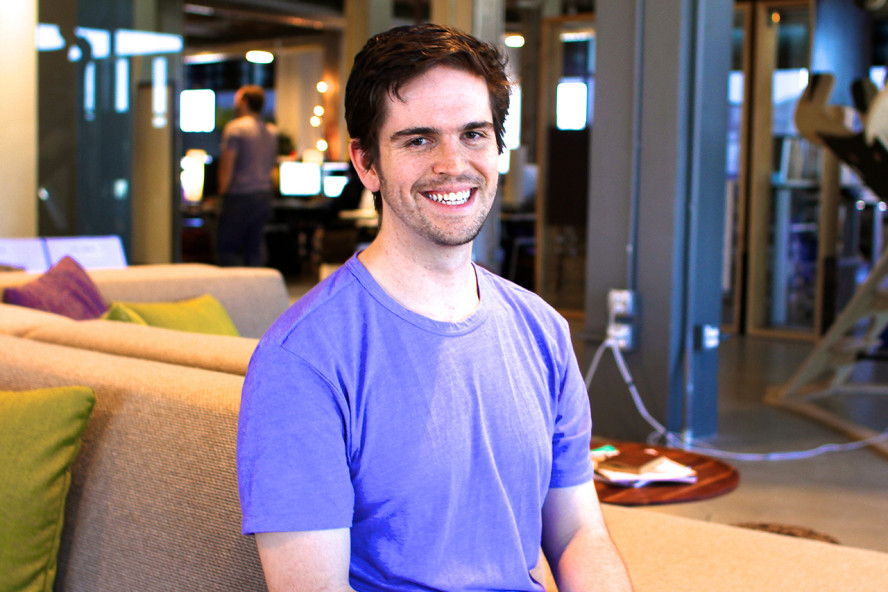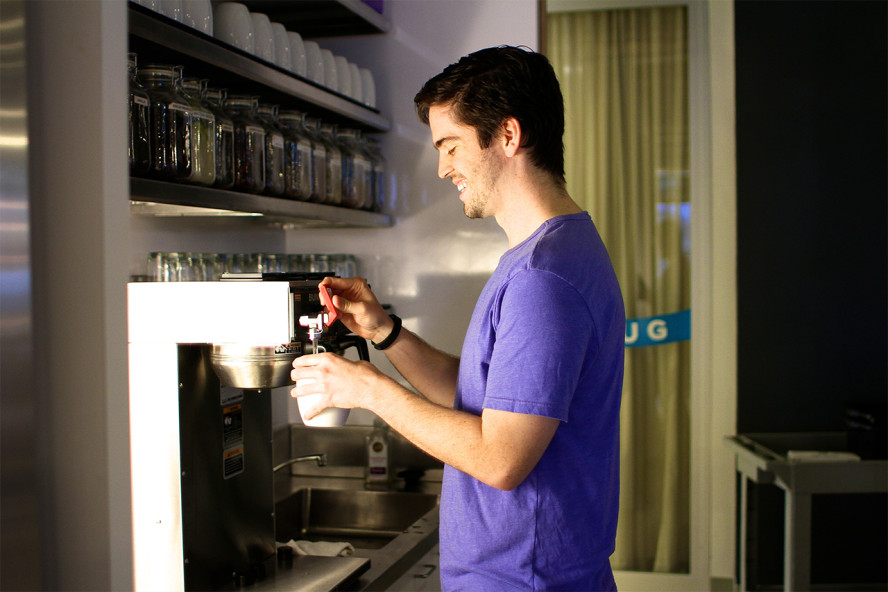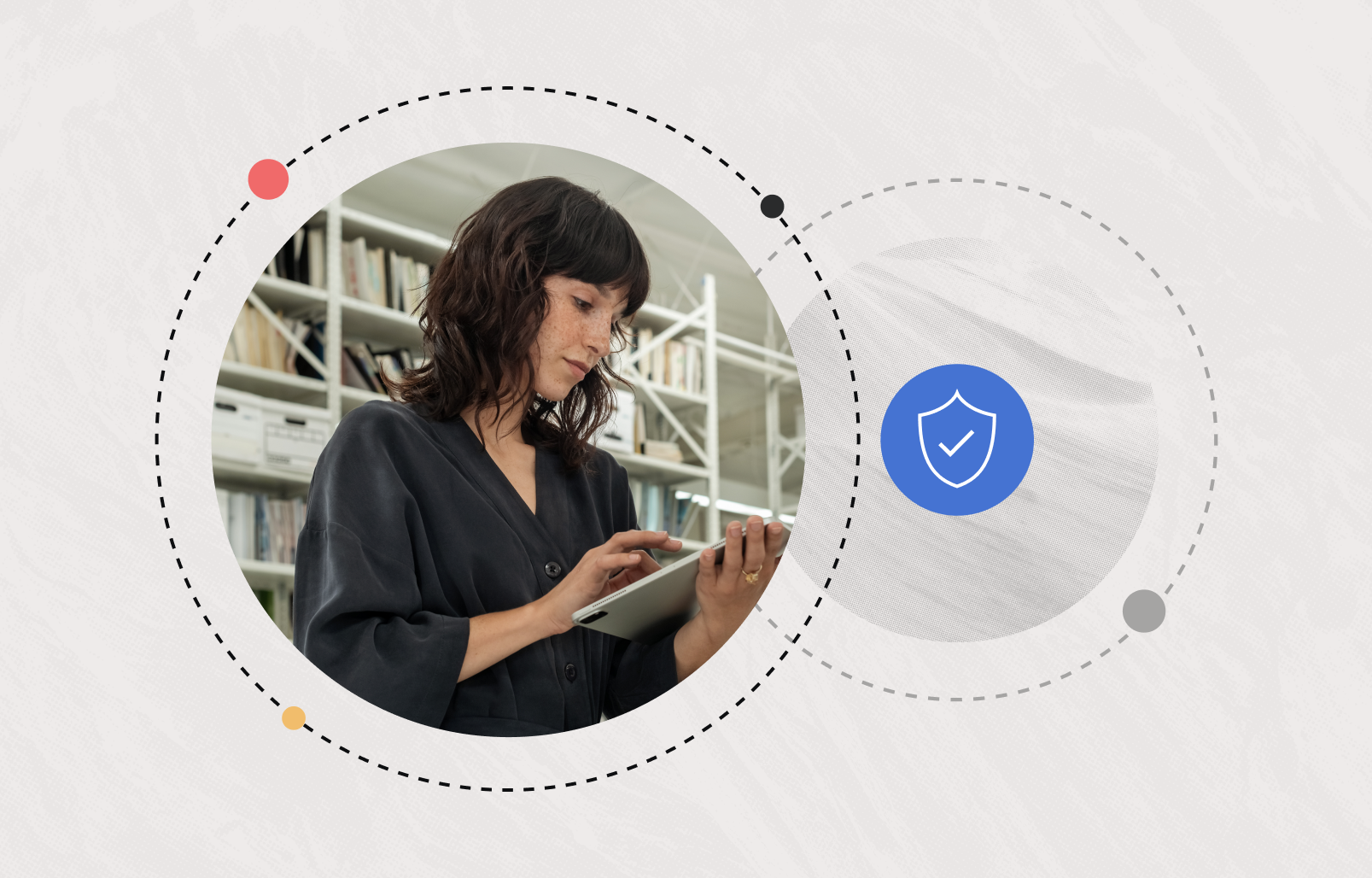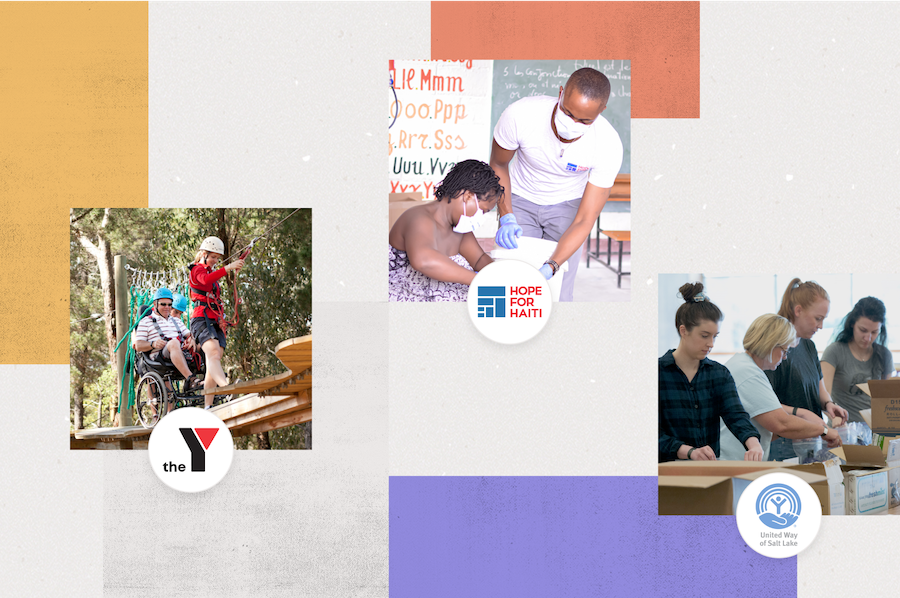Product engineering at Asana: Phips Peter

This post is part of series aimed at giving you an intimate look into the day-to-day lives of the individuals who make Asana a special place to work. We previously introduced you to Yev and Frank.
Phips Peter is an East Coast transplant to San Francisco and currently works as part of our web technology team (and writes about it on the Engineering Blog). Since joining Asana nearly two years ago, he’s worked across three different teams within our engineering organization, including communications, performance, and web technology. We sat down to chat with him about daily life as a product engineer, how his role differs from the conventional engineering role, and how a cross-country road trip landed him in Silicon Valley.
The Beginning: Phips’ Path to Asana
When did you learn to program?
It was a bit of an accident, actually. Growing up, both of my parents worked in banking though my mom actually knew how to program. I grew up somewhat exposed to programming and eventually taught myself how to in high school.
What did you study in university?
When I got to college, becoming an engineer wasn’t something I considered as a reasonable career path (which is pretty funny in hindsight). I started out as an economics major, eventually switched to political science, and by spring of my sophomore year, I had added a double major in CS.
How did you end up on the west coast?
After one internship at a medical school, my boss told me that I seemed pretty decent at software development and should apply elsewhere, so I did, by taking a road trip to Silicon Valley. I landed an internship, and I’ve been working in tech since then!
Why did you decide to join Asana?
It was a combination of things: the mission, the people, and it just generally felt right.
First, the problem we’re trying to solve seemed really interesting: I had tried making my own task tracking app, so I really understood the philosophy and believed in the mission. I had also used the product and thought the technology was cool. When I came on-site and got a feel for the atmosphere and people, it just felt right. There was one part of my interview that really sold me though.
What was that?
In my final interview with Alex Smith, an infrastructure engineer (which was late on a Friday night), we talked for 2 hours. I felt like I learned a lot through the interview–it wasn’t just him grilling me. It was at that point that I realized that if I joined Asana, I’d learn way more than I would anywhere else.
What were some of the highlights of your first week?
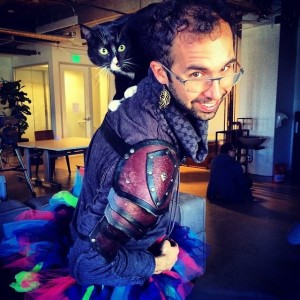 Being able to check in code and see it in production on my first day was pretty cool. I was also blown away by the culture. On my first day, I showed up and Jack Heart, a product engineer, was in a hoodie and jeans, a pink tutu, some medieval armor, long earrings, and had a cat sitting on his shoulder. I remember thinking, “cats sit on your shoulders?! That’s crazy!” Now I know that cats don’t usually sit on peoples’ shoulders, but that first day really made me feel comfortable with my team.
Being able to check in code and see it in production on my first day was pretty cool. I was also blown away by the culture. On my first day, I showed up and Jack Heart, a product engineer, was in a hoodie and jeans, a pink tutu, some medieval armor, long earrings, and had a cat sitting on his shoulder. I remember thinking, “cats sit on your shoulders?! That’s crazy!” Now I know that cats don’t usually sit on peoples’ shoulders, but that first day really made me feel comfortable with my team.
Growing as an Asana
How has your role evolved since you joined the team?
Since joining, I’ve always been on teams of two: with Bella Kazwell, my mentor, for a long time, then with Josh Smith, and now with Kevin Der.
Starting my career at Asana working with Bella helped me learn and grow in such a positive way. I learned to be a better engineer. There’s raw engineering talent (the ability to produce code) and then there’s quality of the code produced, and she really helped improve the quality of the code I produce. When I started, she was just coming back from maternity leave, which made it fun. She was learning things too, but she had more context — it felt like we were learning together, which was great.
Working with Josh was pretty different, much more like working with a peer, since we’re almost the same age. Josh is equally strong as an engineer, but has a different set of skills than I do. We worked on the performance team and I learned all about the pros and cons of our framework. We also realized we couldn’t achieve the performance we wanted on our existing framework, which led me to what I’m working on now with Kevin.
Now I work with Kevin, which has been awesome — he has a lot of experience doing similar work to what we’re doing now, so I’m learning a lot.
How does the work you’re doing now differ from what you’ve done in the past?
Instead of training on engineering, I’m a project lead now, which entails more project management. I’m working across a lot of teams, facilitating collaboration and gathering feedback from all the moving parts that rely on my project — it’s like I’m a PM for our engineers using the framework.
What gets you excited about coming to work every day?
I want Asana to be faster and I want our developers to have an amazing experience building Asana. Investing in developer productivity is hugely beneficial to the company. Being able to ship higher quality features faster, on a stable framework that is fast and easy to maintain and test makes not only our developers better off, but our customers, too. That’s what makes me excited.
What do you think sets our engineering culture apart?
There are a lot of differentiators, but the first thing that comes to mind is mindfulness. We have a really good balance of moving quickly but not to the point of burning out our engineers.
Everyone is also a really strong engineer and willing to teach and learn. I might be experienced, but I feel that everyone that I work with has something to teach me. The best benefit of working here is that I can go and ask all of these awesome engineers for advice and help, even our co-founders, Justin & Dustin, who make themselves super available.
There are also so many opportunities for younger hires. Our AoR system encourages diversifying responsibility, so new hires are assigned responsibilities early on. For example, I had the drop-down AoR within 3 days of starting here.
What does your path to success at Asana look like?
Right now, success will be finishing my current project. Before starting this work, I thought I’d want to go back to being a product engineer, but I’ve really enjoyed collaborating with a lot of teams and developers throughout this process, so I’d like to keep that element. I’m not sure what will follow after, but I’m sure there will be other challenges and I’ll continue to redefine what success means to me. That’s all part of the process, and it’s exciting to think about.
How do you feel about growing Asana?
I’m excited. We’re growing the company quickly and mindfully, trying to add people but not just hire for the sake of hiring. There’s a lot in our product pipeline right now that I think will help us acquire users and grow even faster, and that’s going to push us to new heights.
Workstyle and Lifestyle
How do you typically start your day?
When I wake up, I always clear my Asana Inbox first before heading to the gym. It’s at the gym that everything that was in my Inbox settles, and I get to think about things in a different environment. After that, I head to the office for breakfast, usually by 9:30 or 10:00.
Do you follow a routine during the day?
I spend the beginning of my day collaborating with, coordinating, and supporting other teams. Kevin and I sit and work with the teams we support and we go to meetings with teams across the company to understand their needs and let them know what’s happening on our side. It’s a very collaborative process.
In the late afternoon and evenings, when people are more set up with what they need, I focus on my individual contributor tasks, like coding.
When I’m done working, I normally go home and eat dinner with my girlfriend.
What’s your favorite Asana tradition?
I really like the flag, a symbol of peer recognition which gets passed at the All Hands meetings. The person who has the flag gets to choose a person or team to whom they will pass it, based on something they’ve contributed or accomplished recently. I think it does a good job of raising awareness of teams who work on less visible parts of the product or the company. Everyone puts in a lot of effort and it’s nice to see recognition given for that.
Which Asana value resonates with you best?
Integrating & balancing opposites. I enjoy taking a bunch of ideas and trying to pragmatically combine them. This resonates especially since our framework combines the best parts of everything that’s out there without dogma. We’re making it work in our own way, which is pretty cool.
